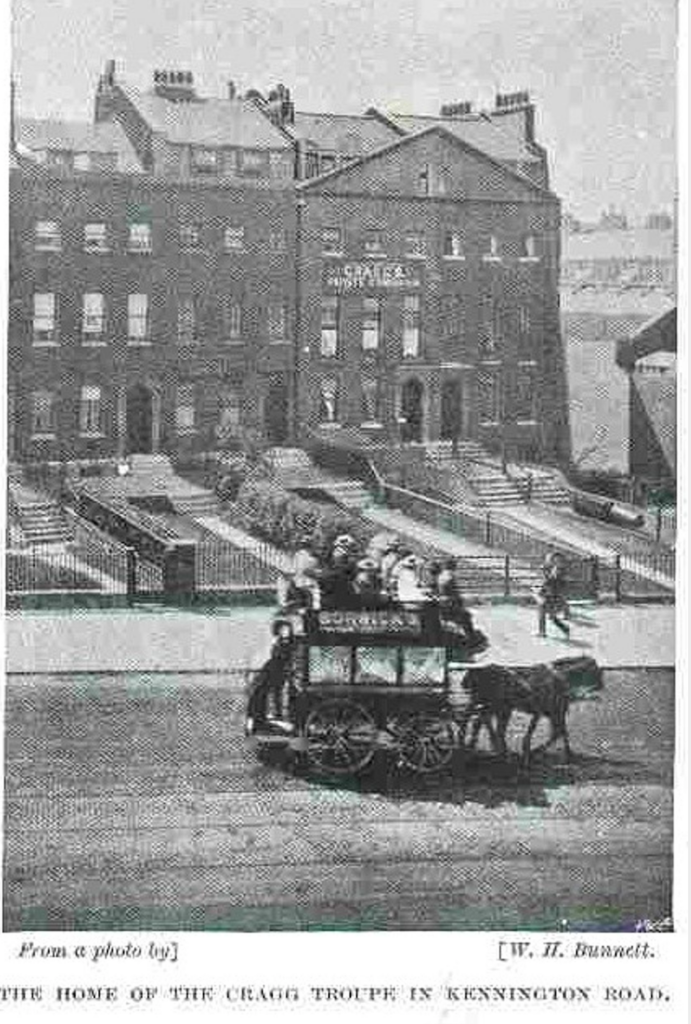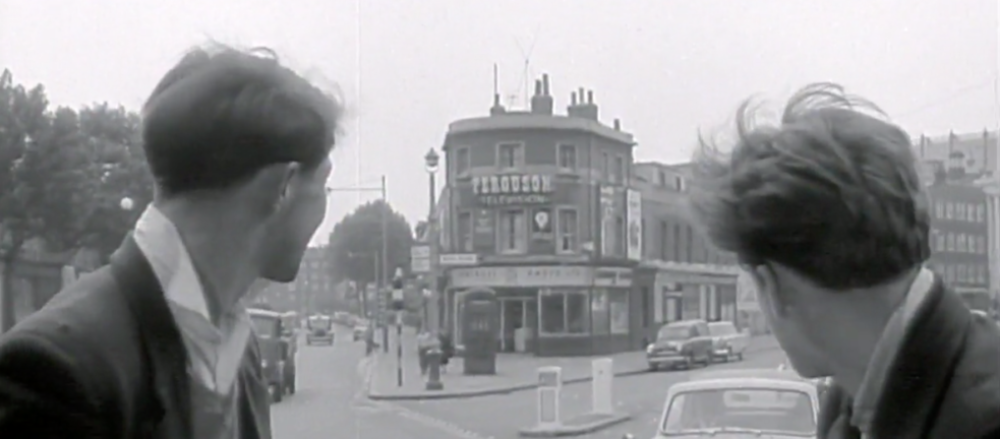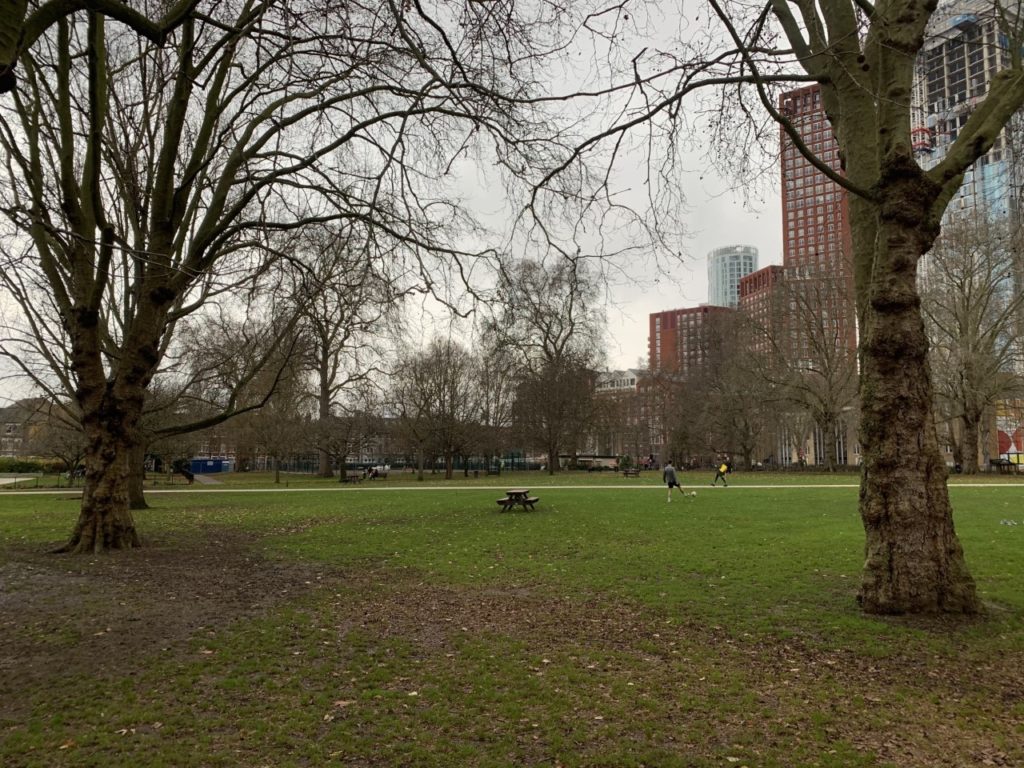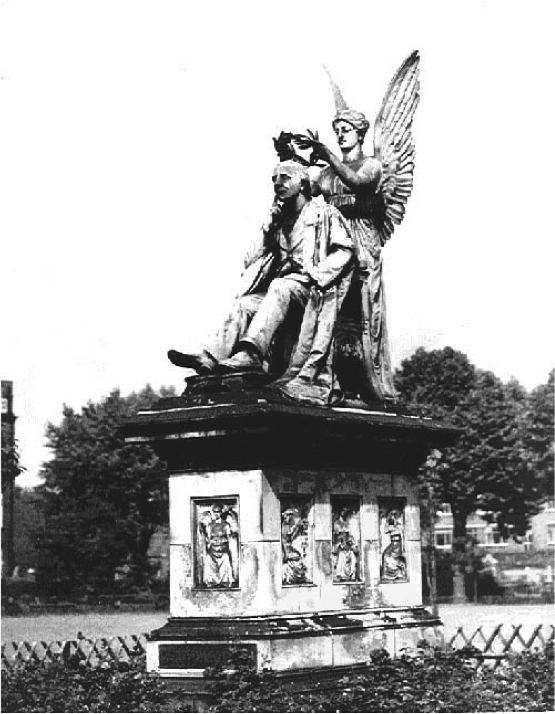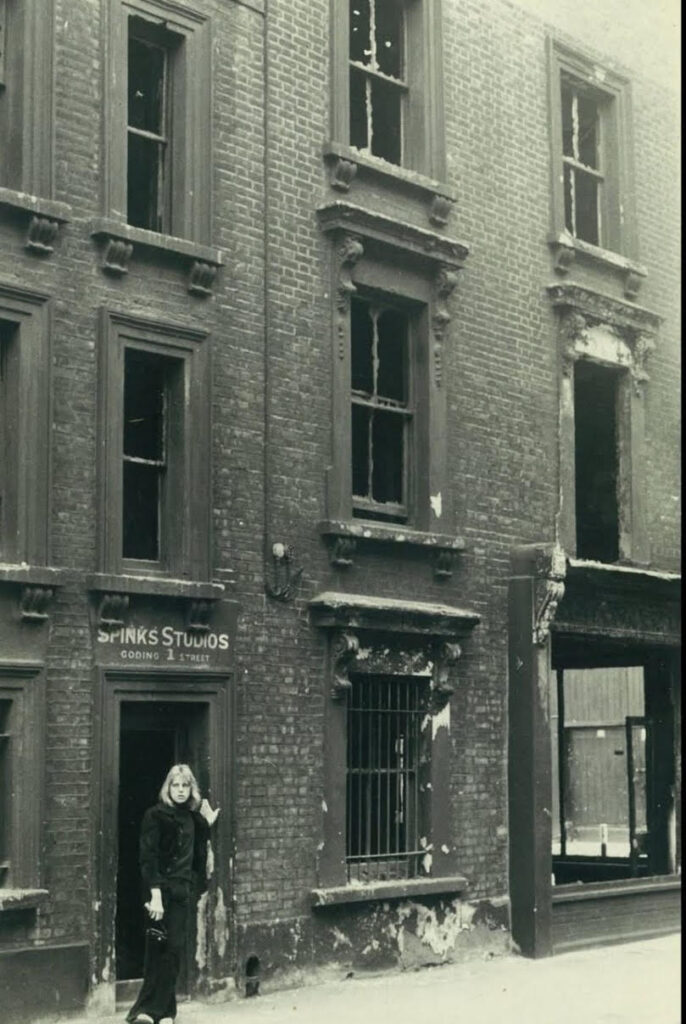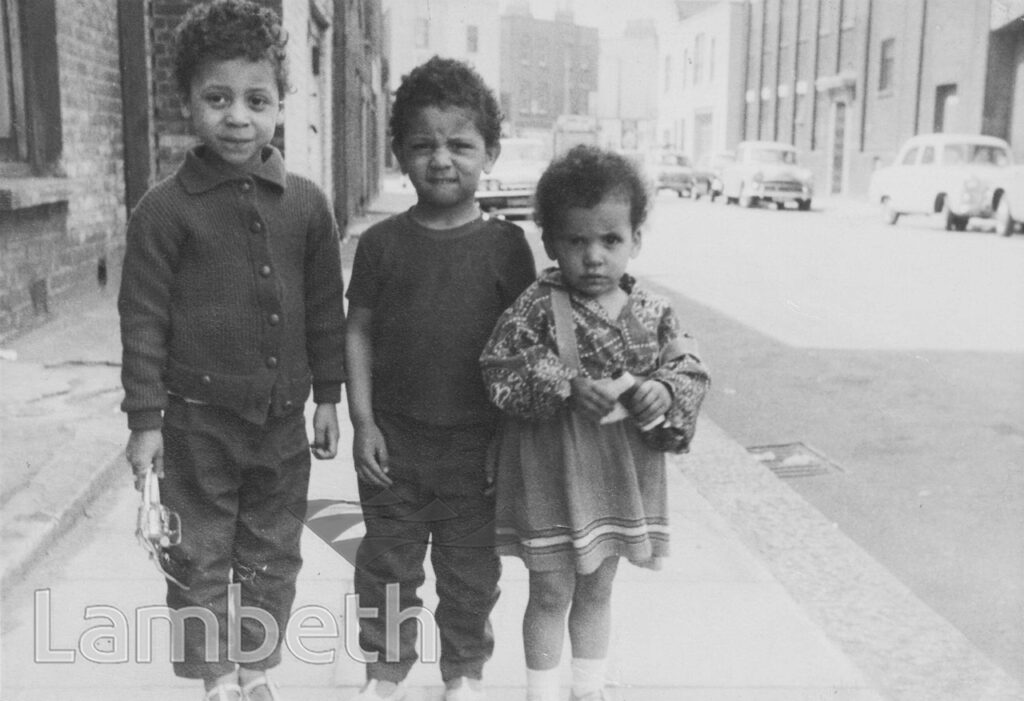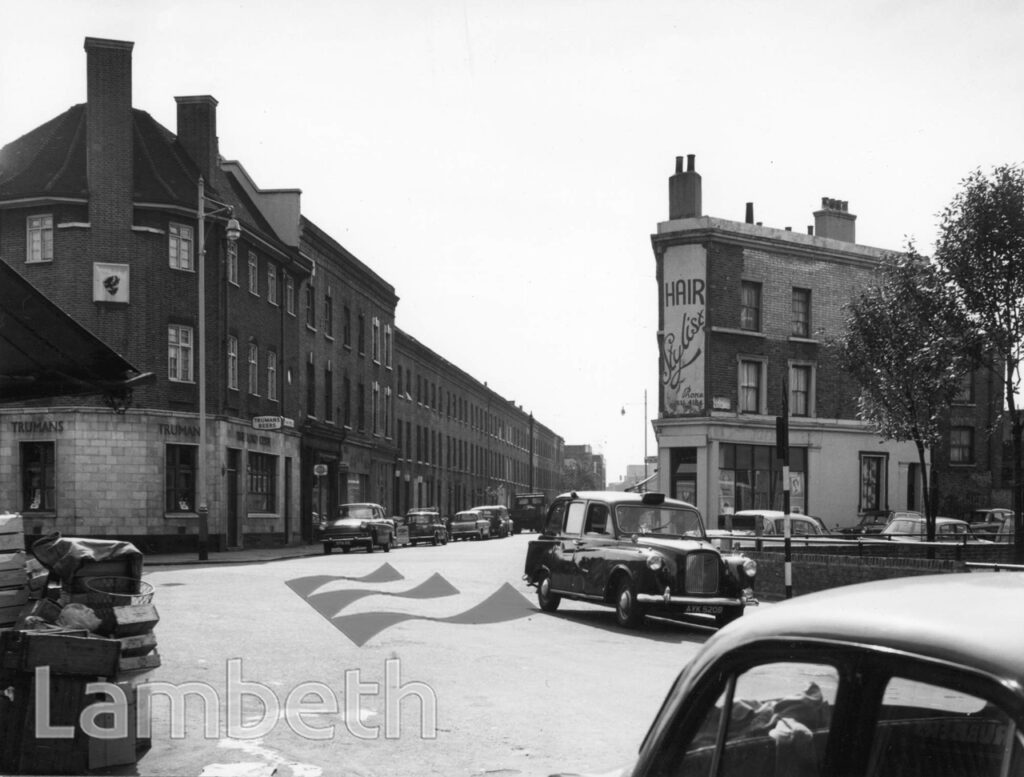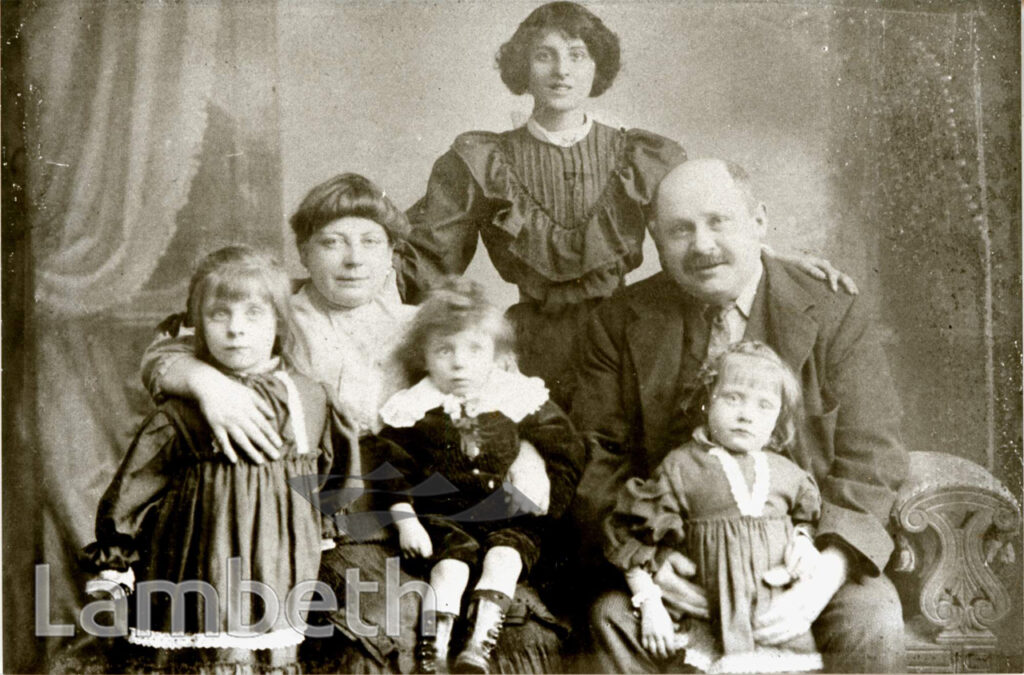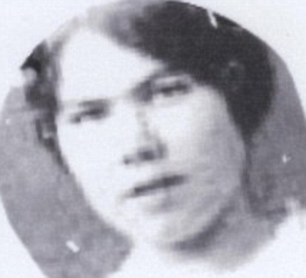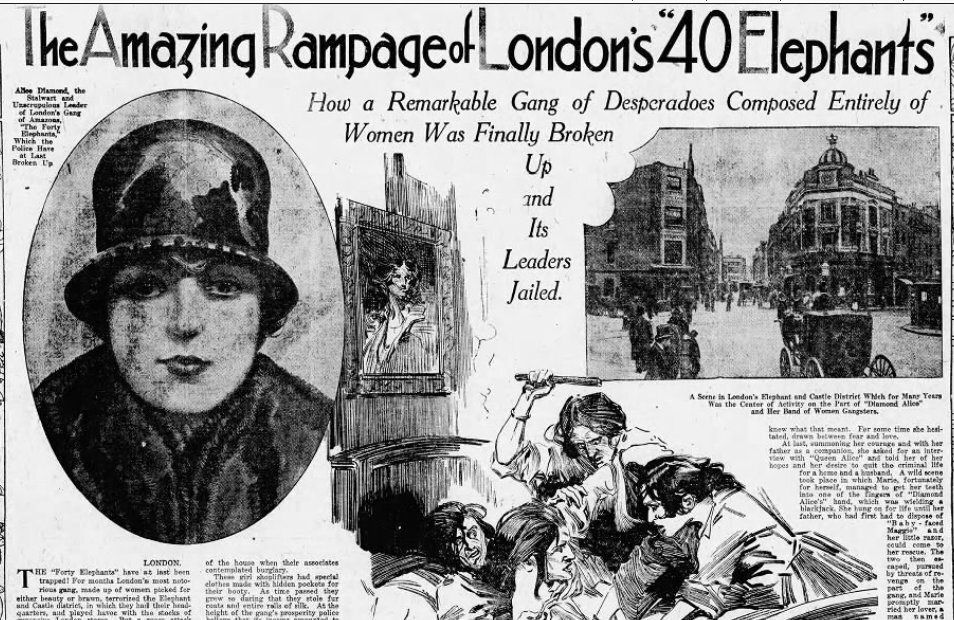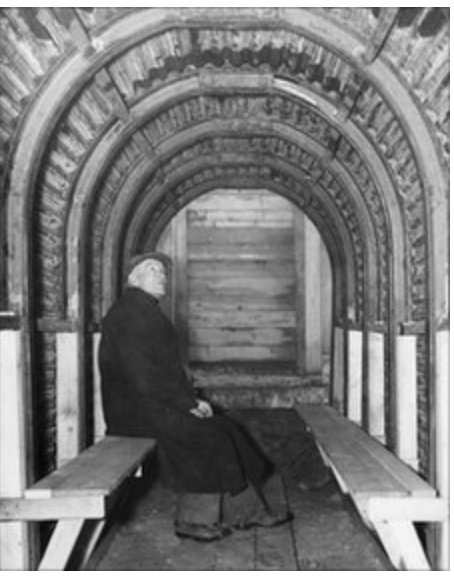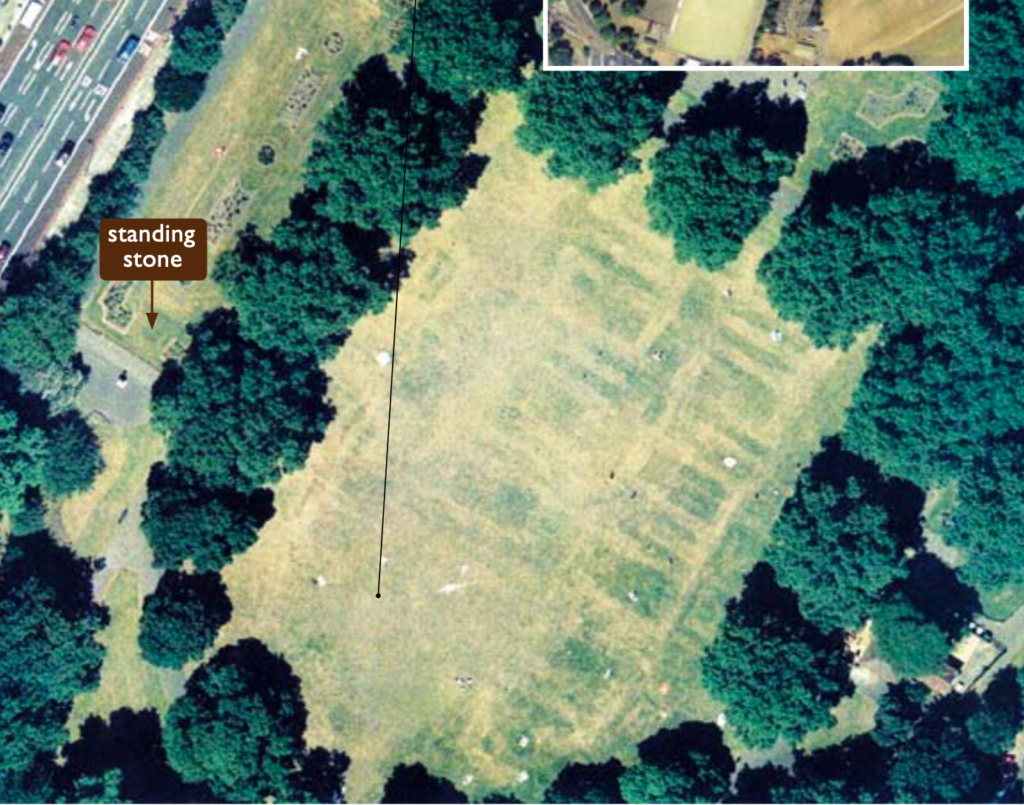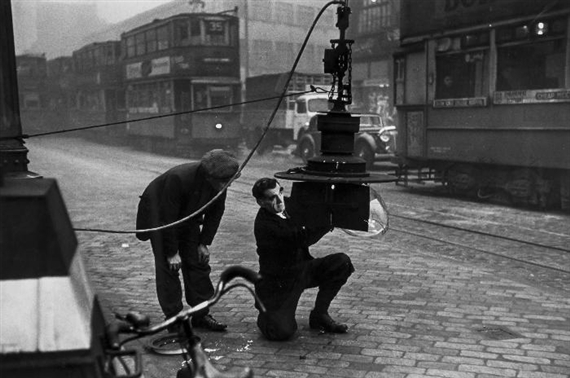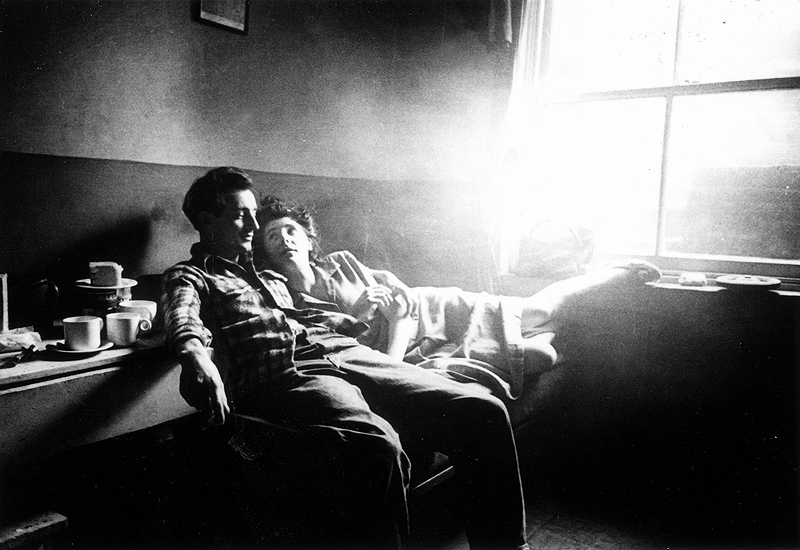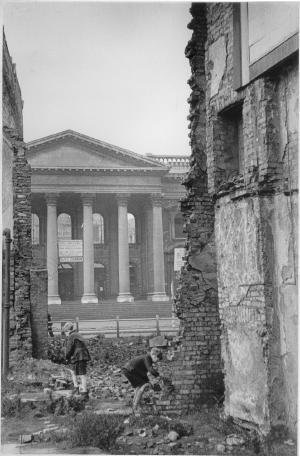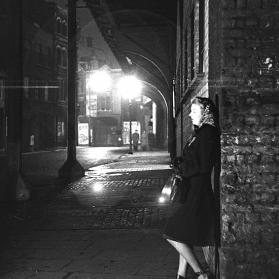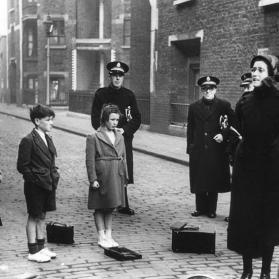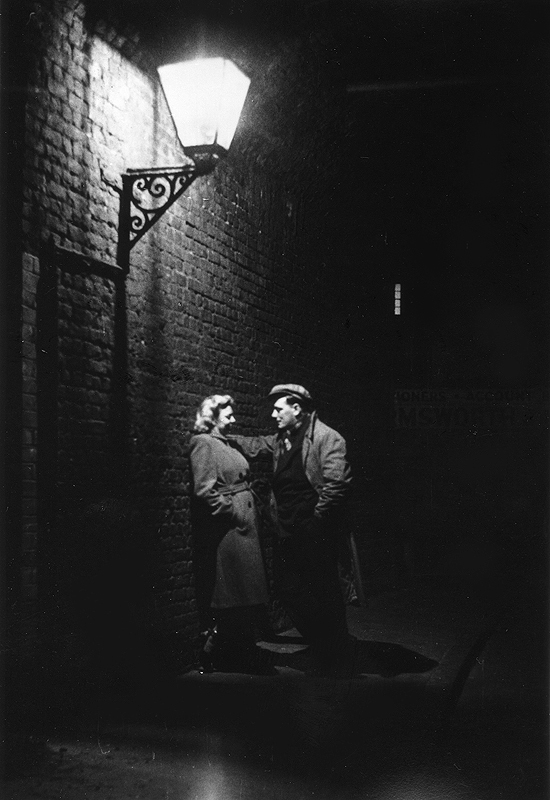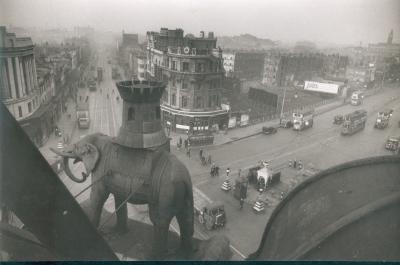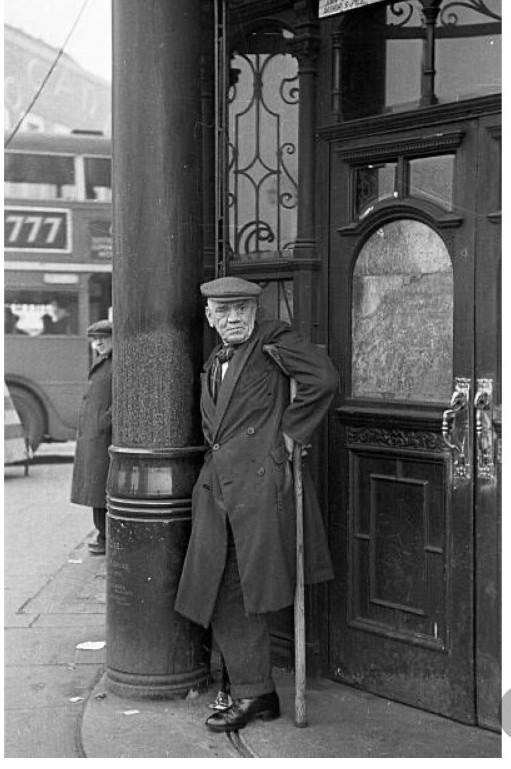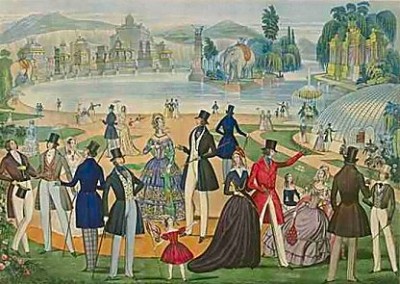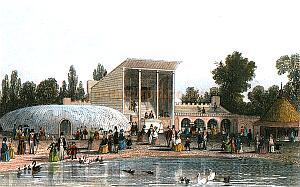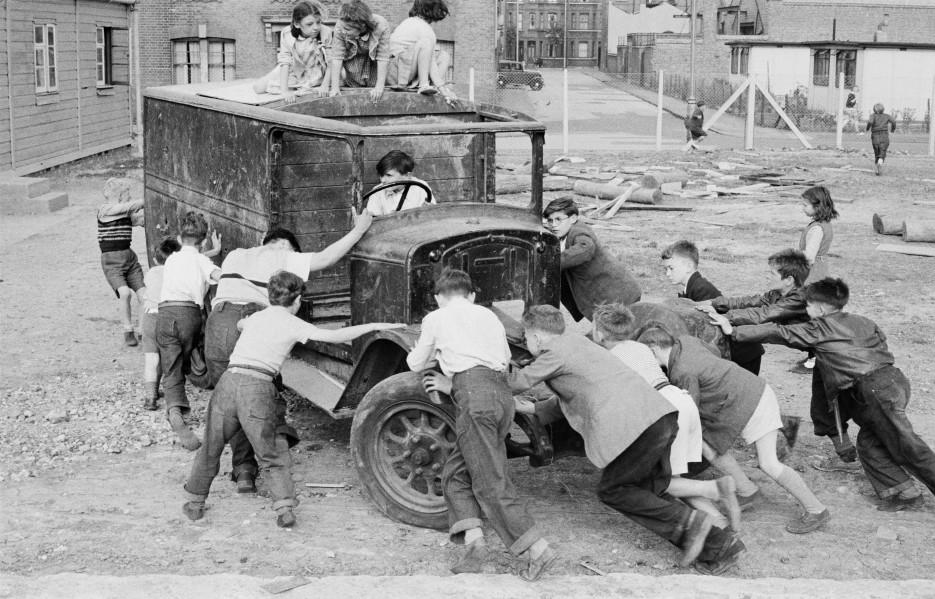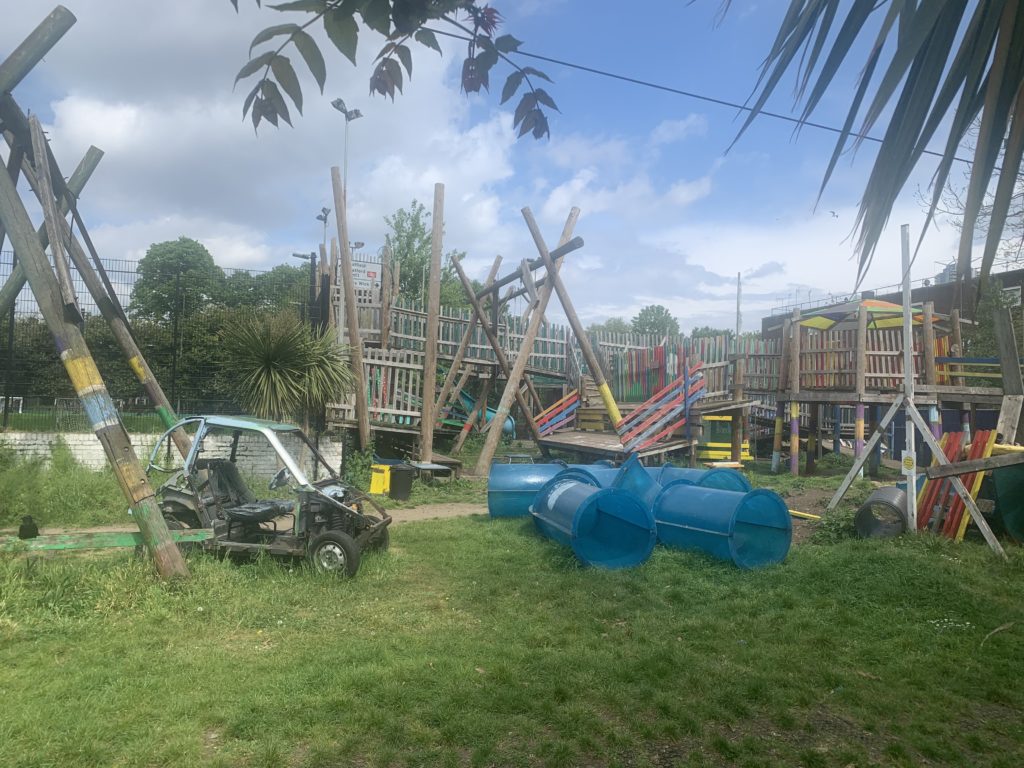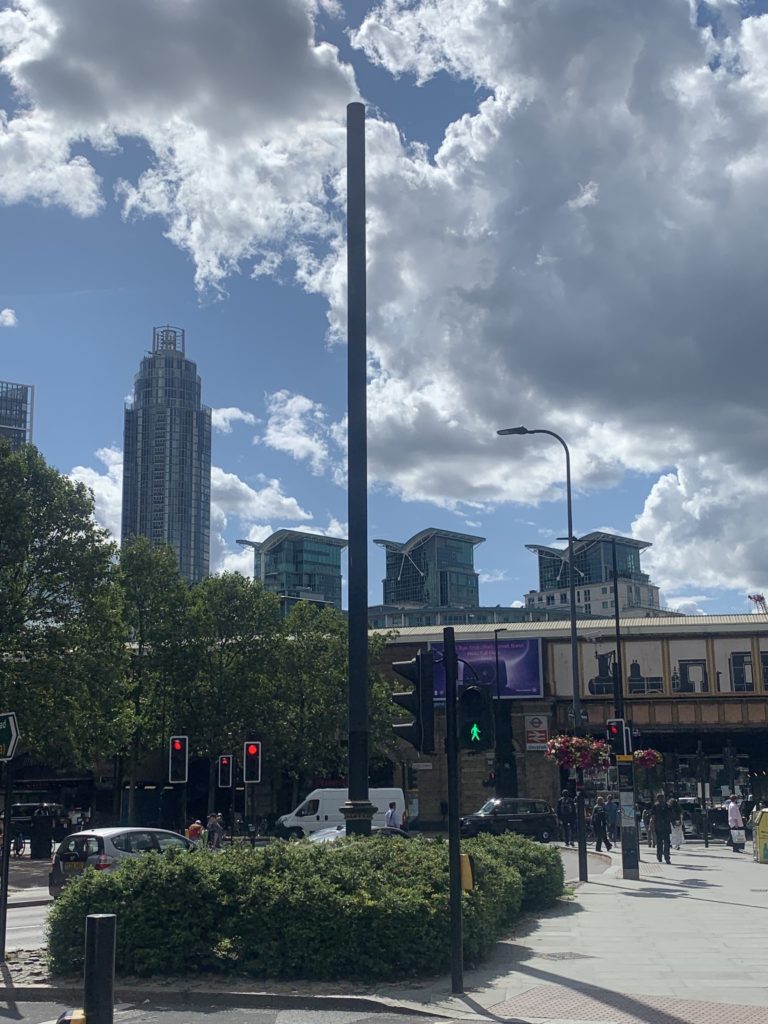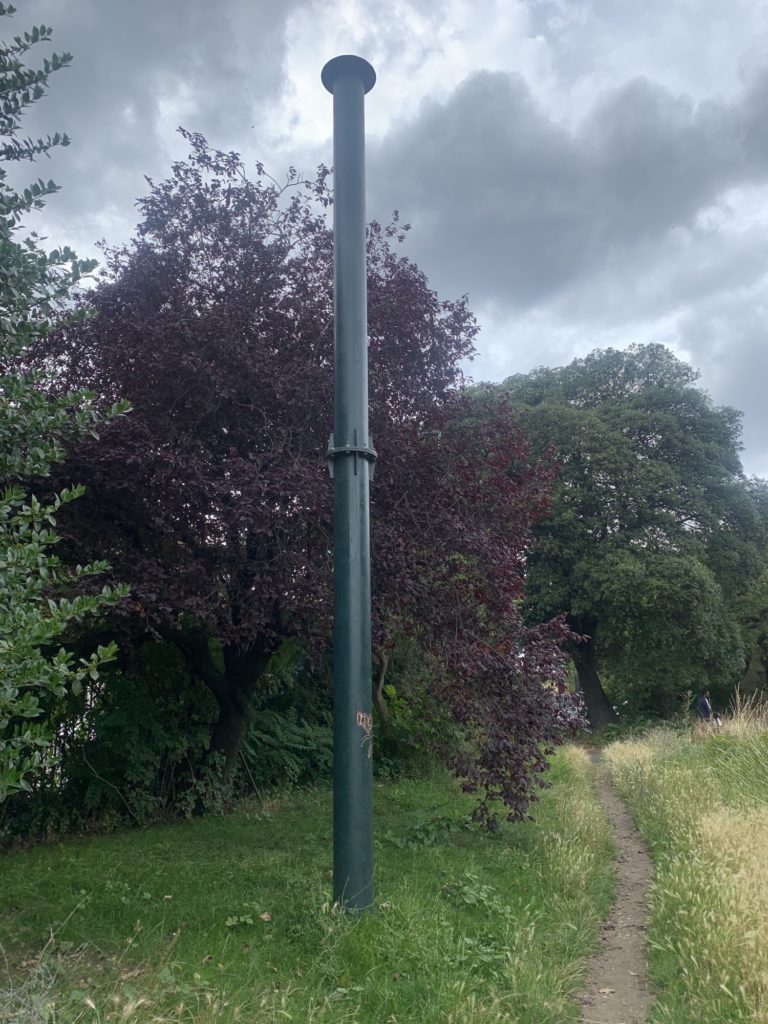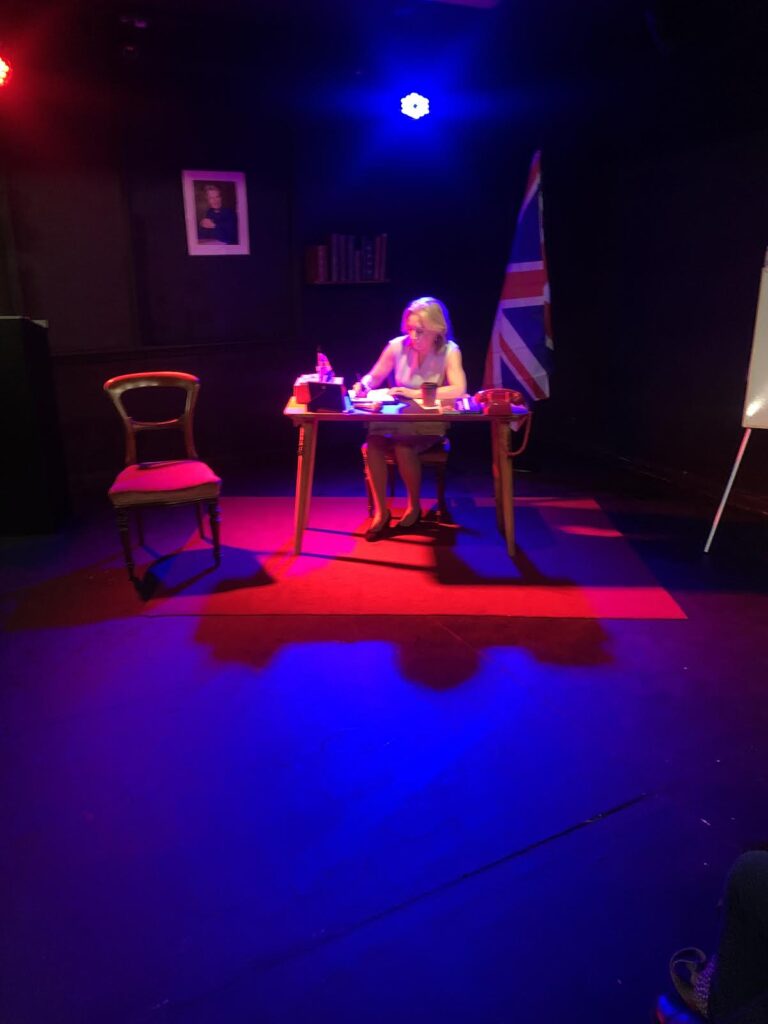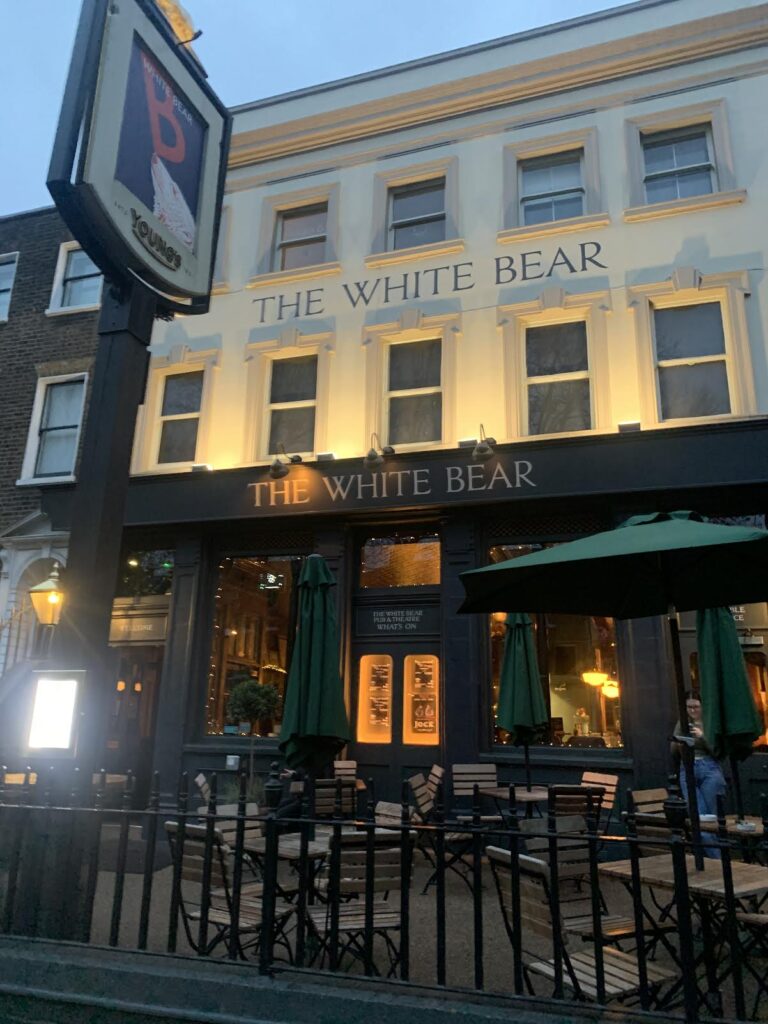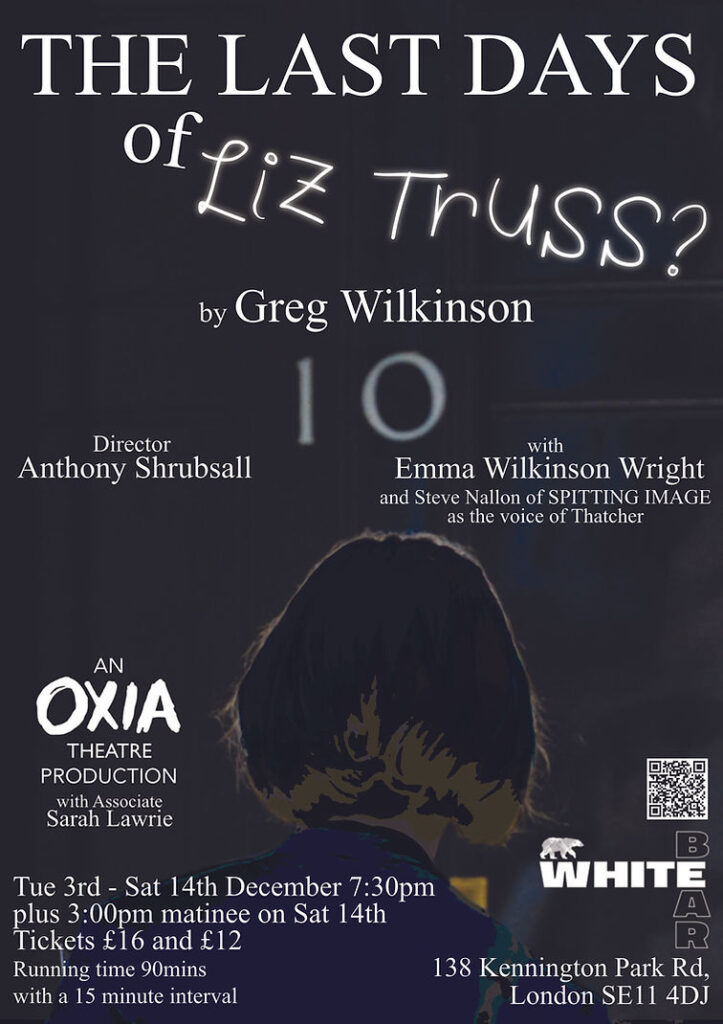In an age before Netflix and Hulu +, Victorian folk of all classes were entertained at music hall entertainment venues. An almost constant presence in the Halls in their early years was the Cragg family who were multigenerational acrobats specialising in trapeze acts, acrobatics, and it looks like basically just throwing each other around. For 45 years the Cragg family lived at 68 Kennington Road (now the China Walk estate) and even installed a private gym to practice their trade.
JW ‘Papa’ Cragg was the scion of the family and was soon joined by his five sons and their probably long suffering wives. It was an expectation that the offspring join the family trade, and eventually the grandchildren were taking part. In the early 1870’s the Craggs upped their game and took residencies in Leicester Square and at the Folies Bergeres in Paris. As there were a number of competing acrobatic acts in London at the time, the Craggs distinguished themselves by donning evening wear, as you do.
After rave reviews In the 1870’s the Craggs went global, and embarked on a kind of Victorian Taylor Swift Eras tour of the world. The troupe made four trips to Australia, the first in 1873, and also toured Europe, New Zealand, India, Asia, and had a two year residency in the USA. After a lifetime of working together the Craggs became a very disciplined troupe and commanded huge audiences for their unique and daring way of flipping, balancing, moving and coordination. At the end of the European jaunt they earned the highest salary of any acrobatic act in the world.
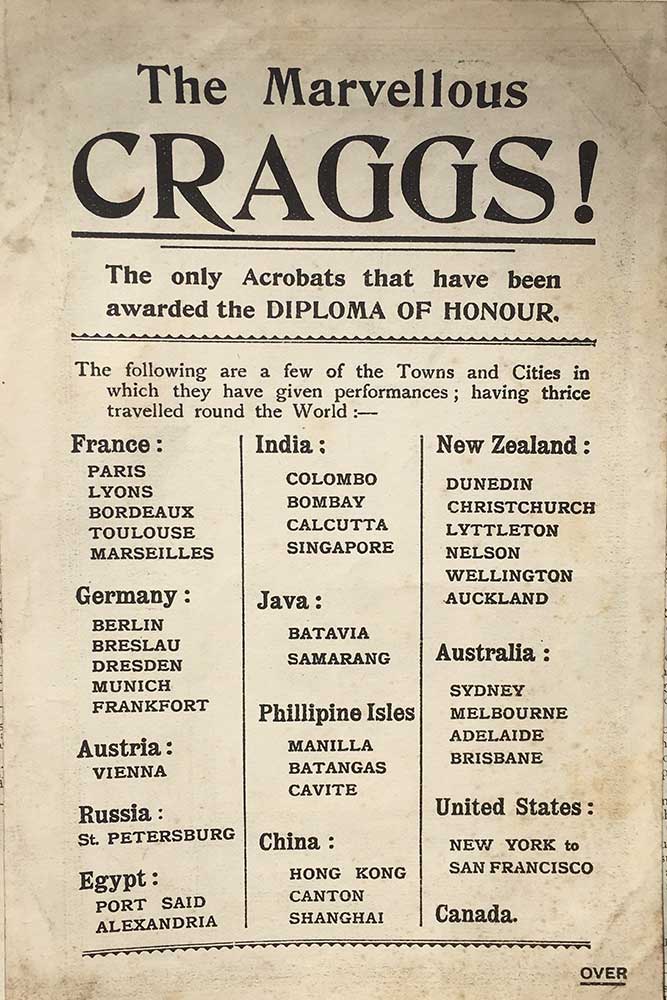

As you can imagine, juggling, rolling on the ground, and throwing people in the air while wearing evening wear can take a toll on even the fittest person, and Papa Cragg retired from performing in 1916 when he was 70 and his oldest son was 53. The family act then ceased performing but Papa continued to teach circus skills and acrobatics in his Kennington home gym until the 1920’s. In an interview in 1928 he was described as ‘the youngest old man in the world’. Proof, if ever needed, that Greater Kennington has always embraced its share of oddballs, and that’s why we live here.
